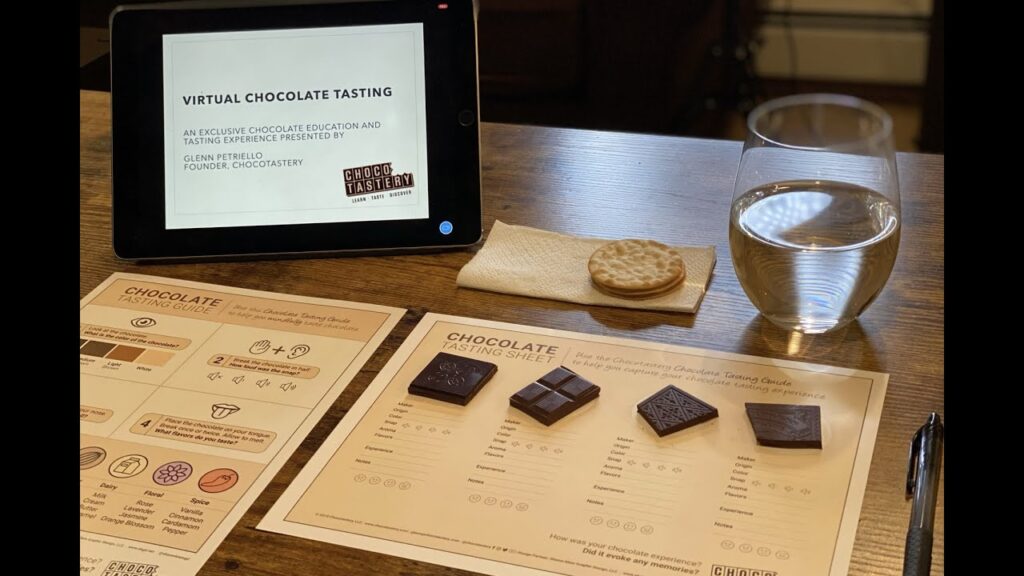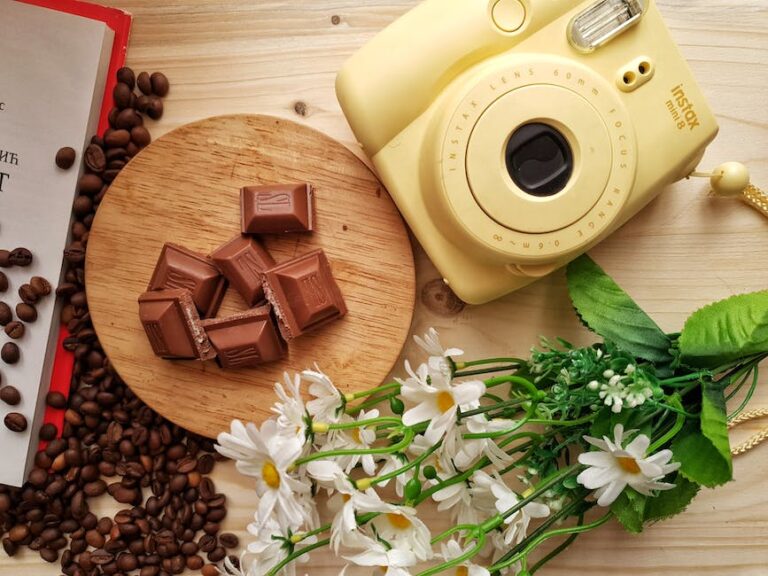At first glance, tasting chocolate may seem like a simple and pleasurable experience. However, chocolate tasting and evaluation is a complex and multi-faceted process that requires sensory analysis and scientific methods. This article will explore the science behind chocolate tasting and evaluation and how it is used in chocolate museums and beyond.
The Science of Sensory Analysis
Sensory analysis is a scientific approach to understanding the sensory properties of food and beverages. When it comes to chocolate, sensory analysis is used to evaluate the appearance, aroma, flavor, and texture of different varieties of chocolate. This process is essential for understanding the quality and characteristics of different types of chocolate and is a critical step in producing and evaluating chocolate products.
There are four main steps to sensory analysis: preparation, evaluation, research, and interpretation. The preparation step involves selecting and preparing the chocolate for tasting, while the evaluation step involves assessing the sensory properties of the chocolate. The analysis step consists in using scientific methods to measure and analyze the sensorial properties of the chocolate. In contrast, the interpretation step consists in using this information to make informed decisions about the quality and characteristics of the chocolate.

Chocolate Tasting and Evaluation in Chocolate Museums
Chocolate museums are popular destinations for chocolate lovers around the world. These museums not only provide visitors with an opportunity to learn about the history and production of chocolate but also offer a unique opportunity to taste and evaluate different varieties of chocolate.
In a typical chocolate museum, visitors are first introduced to the sensory properties of chocolate through guided tasting. During the tasting, visitors are encouraged to use all their senses to evaluate the appearance, aroma, flavor, and texture of different types of chocolate. This sensory analysis is then used to guide visitors through the various stages of chocolate production, from harvesting the cocoa beans to producing the final chocolate product.
The tasting experience in chocolate museums is not just about indulging in chocolate but also about learning to appreciate and understand the complexity of different types of chocolate. By learning about the sensory properties of chocolate, visitors can gain a deeper understanding of the quality and characteristics of different varieties of chocolate and use this knowledge to make more informed choices when purchasing chocolate products.

The Role of Technology in Chocolate Tasting and Evaluation
While sensory analysis is essential to chocolate tasting and evaluation, technology is increasingly playing a critical role in this process. Advances in technology have made it possible to measure and analyze the sensory properties of chocolate with greater accuracy and consistency than ever before.
One example of this technology is using electronic noses and tongues to evaluate the aroma and flavor of chocolate. Electronic noses and tongues are electronic devices that use sensors to detect and measure the chemical compounds in chocolate. These devices can provide detailed information about the flavor and aroma of chocolate, allowing producers to create more consistent and high-quality products.
Another example of technology in chocolate tasting and evaluation is 3D printing to create custom chocolate molds. 3D printing technology allows producers to create unique and intricate chocolate molds that are impossible with traditional manufacturing methods. This technology has created new possibilities for making personalized and visually stunning chocolate products.
Conclusion
In conclusion, chocolate tasting and evaluation is a complex and multi-faceted process requiring sensory analysis and scientific methods. Chocolate museums provide a unique opportunity for visitors to learn about the sensory properties of chocolate and gain a deeper understanding of the quality and characteristics of different varieties of chocolate. While technology is increasingly critical in this process, sensory analysis remains an essential part of chocolate tasting and evaluation. By understanding the science behind chocolate tasting and evaluation, we can better appreciate and enjoy the complex and delicious world of chocolate.
FAQ’s
Q: What is sensory analysis?
A: Sensory analysis is a scientific approach to understanding the sensory properties of food and beverages. It involves evaluating the appearance, aroma, flavor, and texture of different varieties of food or drink.
Q: Why is sensory analysis important for chocolate?
A: Sensory analysis is critical for understanding the quality and characteristics of different types of chocolate. By evaluating the sensory properties of chocolate, producers can make informed decisions about the production and evaluation of chocolate products.
Q: What is the role of chocolate museums in chocolate tasting and evaluation?
A: Chocolate museums provide a unique opportunity for visitors to learn about the sensory properties of chocolate and gain a deeper understanding of the quality and characteristics of different varieties of chocolate. Visitors can use this knowledge to make more informed choices when purchasing chocolate products.
Q: How is a technology used in chocolate tasting and evaluation?
A: Technology is increasingly critical in chocolate tasting and evaluation. Examples include using electronic noses and tongues to evaluate the aroma and flavor of chocolate, as well as using 3D printing to create custom chocolate molds.
Q: Can anyone learn to appreciate the complexity of different types of chocolate?
A: Yes, anyone can learn to appreciate the complexity of different types of chocolate. By learning about the sensory properties of chocolate and practicing sensory analysis, individuals can develop a deeper understanding of the quality and characteristics of different types of chocolate.
